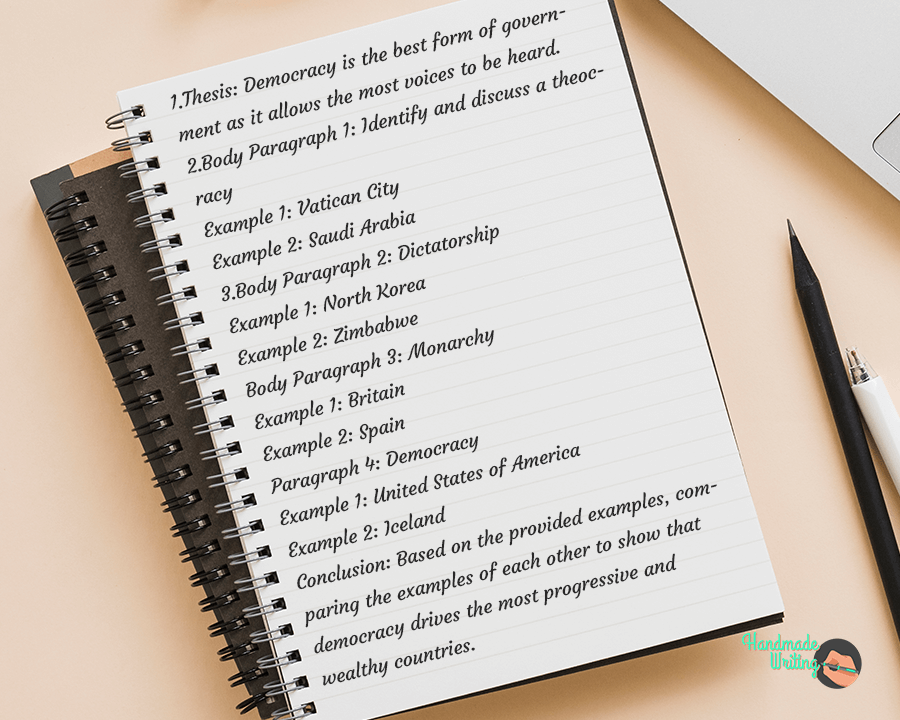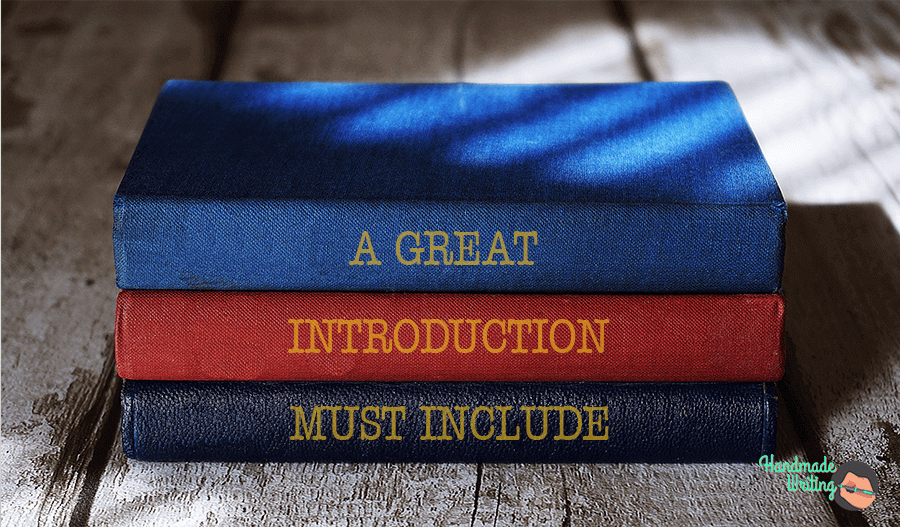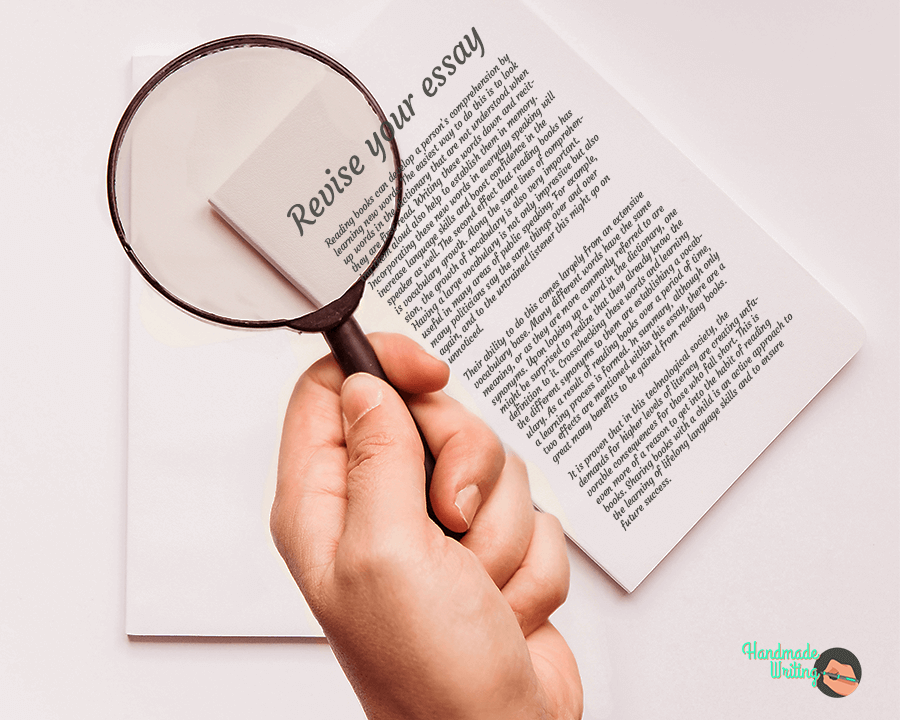What Is a Persuasive Essay?
It is a piece of academic writing that clearly outlines the author’s point of view on a specific issue or topic. The main purpose behind this type of paper is to lay out facts and present ideas that convince the reader to take the author’s side (on the issue or question raised).
There is a common misconception that a persuasive essay is the same as an argumentative essay. This is far from the truth. While an argumentative essay presents information that supports the claim or argument, it is the persuasive type that serves only one mission – to persuade the reader to take your side of the argument.
This article will cover the main steps of writing a good persuasive essay. Let’s get straight into it.
Which Steps to Take?
This guide will provide all the necessary information for students to create an outstanding essay. We’ll review the whole process from outline and research to drafting and revision. As with most academic essays, the persuasive essay should have an intro, several body paragraphs, and a conclusion. Your body paragraphs should present the research, whereas your introduction’s purpose is to provide background information, and the conclusion should review the strongest points of your essay.
1. Conduct research and pre-write

A good essay requires some work before you begin to write. It’s always helpful to sit down and do some prewriting. Consider answering the following questions before you conduct any research:
- What audience am I writing for?
- What information will be useful to my audience?
- What background information would be relevant to this topic?
- What are the different sides of this issue?
- What side will I persuade the audience to take?
- What type of primary resources would be best for this topic?
Related Post: 100 Persuasive essay topics
Once you’ve answered these prewriting questions, it’s time to choose your approach. Select an approach that you are comfortable arguing for, and look for sources that support this particular viewpoint. It’s imperative that you understand your target audience. Finally, it’s time to do your research. Go into the research process armed with the following tools:
- At least 10–20 different search terms relevant to the topic
- A list of best sources: books, journal articles, magazine articles, newspaper articles etc.
- Required citation method (MLA, APA, Chicago…)
- A note-taking method that works best for you (notecards, sentence outlines…) Organize ideas and examples
2. Organize ideas and examples

As you’re conducting research, save yourself some time and organize the ideas as you find them. All of your claims should be supported with proper examples – illustrate ideas with the help of vivid examples. Reflecting on your own real-life experiences can be just as good as using more conventional examples.
Evaluate the purpose of the research and place it in a section where it directly supports the main idea of the paragraph.
Persuasive essay example
Don’t hesitate to use this paper as an example of a persuasive essay. Remember that at Handmadewriting You may order a paper on any topic. We’re ready for your tasks 24/7!
Persuasive essay example
3. Create a persuasive essay outline
Outlines are a useful way to see what you’ve found, and what you still need to find to create a strong, balanced argument regarding the topic of your essay. By creating an outline, you’ll be able to see if you’ve found information that supports the idea within the topic sentence for everybody paragraph or for only two out of the three. The outline also helps you create an argument that flows. Remember: body paragraphs should always be organized weakest to strongest—that way the audience is left with the best paragraph.
Here is an outline example:

For this example outline, the student needs to find research for each country and its form of government. Once it has been gathered, it’s time to begin drafting the paragraphs.
Check our writing guide for a Persuasive Essay Outline:

4. Compose the introduction
Each introduction should begin with a hook. This sentence draws the reader into the topic by “hooking” his or her interest. A hook is typically one of four types of sentences:
- A fact or statistic
- A quotation
- A rhetorical question
- An anecdote
In persuasive writing, the introduction paragraph tends to be longer than in other academic essays. This is because all sides of the controversial must be introduced and defined. Remember: not every issue will have two sides; many issues are very complex and may have three or four or more sides that need to be acknowledged, defined, and discussed before moving into the body paragraphs.
Related post: Complete Essay Introduction Guide
Not sure how a subject could have more than merely two sides? Let’s take a look at a typical persuasive essay assigned in social studies or history class: what kind of government is the best? In order to answer this question, the student would have to acknowledge and consider the most common forms of government including a democracy, theocracy, dictatorship, and monarchy. A well-written persuasive essay would introduce all the forms and define them in the intro before delving into the strengths and weaknesses within the body paragraphs.
5. Create a thesis statement
The final part of your introduction should cover the thesis statement. A thesis statement is a brief summary that describes the main argument of your paper. It helps you demonstrate your knowledge of the subject and create a context for your arguments. After reading your thesis statement, a reader should be able to understand your position and recognize your expertise in a particular field.
This statement should be argumentative in nature and clearly state which side you are going to take. As the last sentence in the introduction, it acts as a natural transition to the first body paragraph. A thesis statement is usually only one or two sentences long, but it can sometimes extend to a full paragraph. You are not presenting any evidence since it is merely a description of intent at this stage.
Thesis statement does not state your opinion or list facts but rather identifies what you will be arguing for or against within the body of your essay. Thesis statements should be accurate, clear, and on-topic.
Tips for a great introduction

- Introduce all sides of the issue
- Provide key background information relevant to the subject
- Clearly state which side is stronger, and why
- Formulate body paragraphs
Like most other academic essays, the body paragraphs should follow the typical format of including five kinds of sentences:
- Topic sentence
- Background sentence
- Quotations of support from primary sources
- Analysis of support
- Conclusion/transition sentence
While there are five kinds of sentences, there will likely be more than five sentences in the paragraph. There may be several background sentences, and in your research, you may find quotations from several different sources to include in one paragraph…that’s great! The most important part of the paragraph is the analysis section; this is where you make your case for supporting or weakening an argument.
If you are still unsure on whether you can cope with your task – you are in the right place to buy persuasive essay
6. Counter Arguments
A key aspect of a persuasive essay is the counter-argument. This form of argument allows the writer to acknowledge any opposition to their stance and then pick it apart. For example, if the essay writer is arguing that democracy is the best form of government, he or she needs to take the time to acknowledge counter-arguments FOR other forms of governments and then disprove them. Including counter arguments as paragraphs themselves ultimately strengthens one’s own argument.
Hints for Great Body Paragraphs
- Create clear, concise topic sentences
- Provide correctly quoted support from primary sources
- Thoroughly analyze the support to strengthen your position
- Use strong persuasive language such as:

7. Sum up the conclusion
This paragraph signals the end of your essay. Want to know how to write a stellar conclusion? First, don’t introduce any new information. The cardinal rule of conclusion paragraphs is this: only discuss what’s already in the paper. Begin by restating the thesis; this reminds the audience about the essay’s goals and purpose. Next, review the main points covered in the body paragraphs.
Finally, here’s where the persuasive essay is a bit different than other academic essays: the call to action. In this type of essay, the conclusion should offer a call to action; if the reader agrees with the writer’s thesis then he or she should be willing to take some form of action. Set forth a call to action before ending the essay.
In order to create a proper conclusion, ask yourself a question: “what’s the takeaway for the reader?” Unlike the conclusion in an informative essay, the final section of your persuasive essay should emphasize your own view on the argument or issue.
Hints for a Great Conclusion
- Restate the thesis to link back to the introduction and remind the reader of your argument
- Review the paper’s stronger points to persuade the audience of a particular side
- End with a strong call to action
8. Revise your essay

Done the first draft? Then, it’s time to revise to make the essay stronger both content-wise and grammatically. Check out these great questions to help you:
- Does the essay begin with a hook that captures the reader’s interest?
- Does the introduction introduce all sides of the issue and provide background information?
- Does the introduction end with a clearly worded thesis statement?
- Does the essay clearly convey a specific position regarding the topic?
- Are the counter-arguments stated and refuted?
- Do the body paragraph offer relevant and reliable research to substantiate claims?
- Does the conclusion review the main points made within the paper?
- Are all sentences complete and grammatically correct?
Once you are through with the seven steps of persuasive essay writing, you can happily enjoy what you have accomplished. Feel free to submit the final piece to your professor/instructor.
Be sure to check the persuasive essay sample, completed by our essay writers. Link: Persuasive essay on Global Warming
Remember: writing is more of triathlon than a walk in the park. Just like a triathlon involves three key components, so too does writing: brainstorming, drafting, and revising. Begin your essay early and work through the various stages of writing to ensure that the final product is polished and grammatically flawless. If your school offers a Writing Center, use these resources.
It’s hard to catch one’s own mistakes, so ask a classmate or friend to review your paper. And don’t forget about your professional essay writing service! Skip the stress of beginning the assignment the night before it’s due and instead plan out your writing process and begin as soon as you receive the assignment. While content and grammar are the major players “gradewise”, don’t discount formatting. How you format your final paper is the first impression your professor will have of your work. Therefore, take the time to check the margins, font, headings, spacing, title page, and Works Cited page to ensure that they meet the professor’s expectations.












